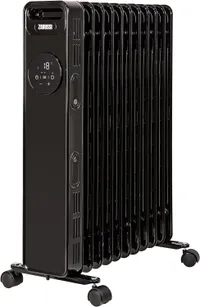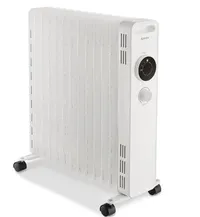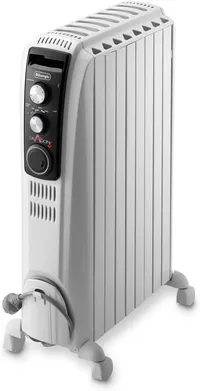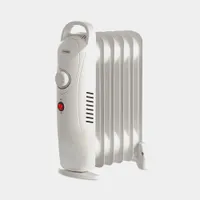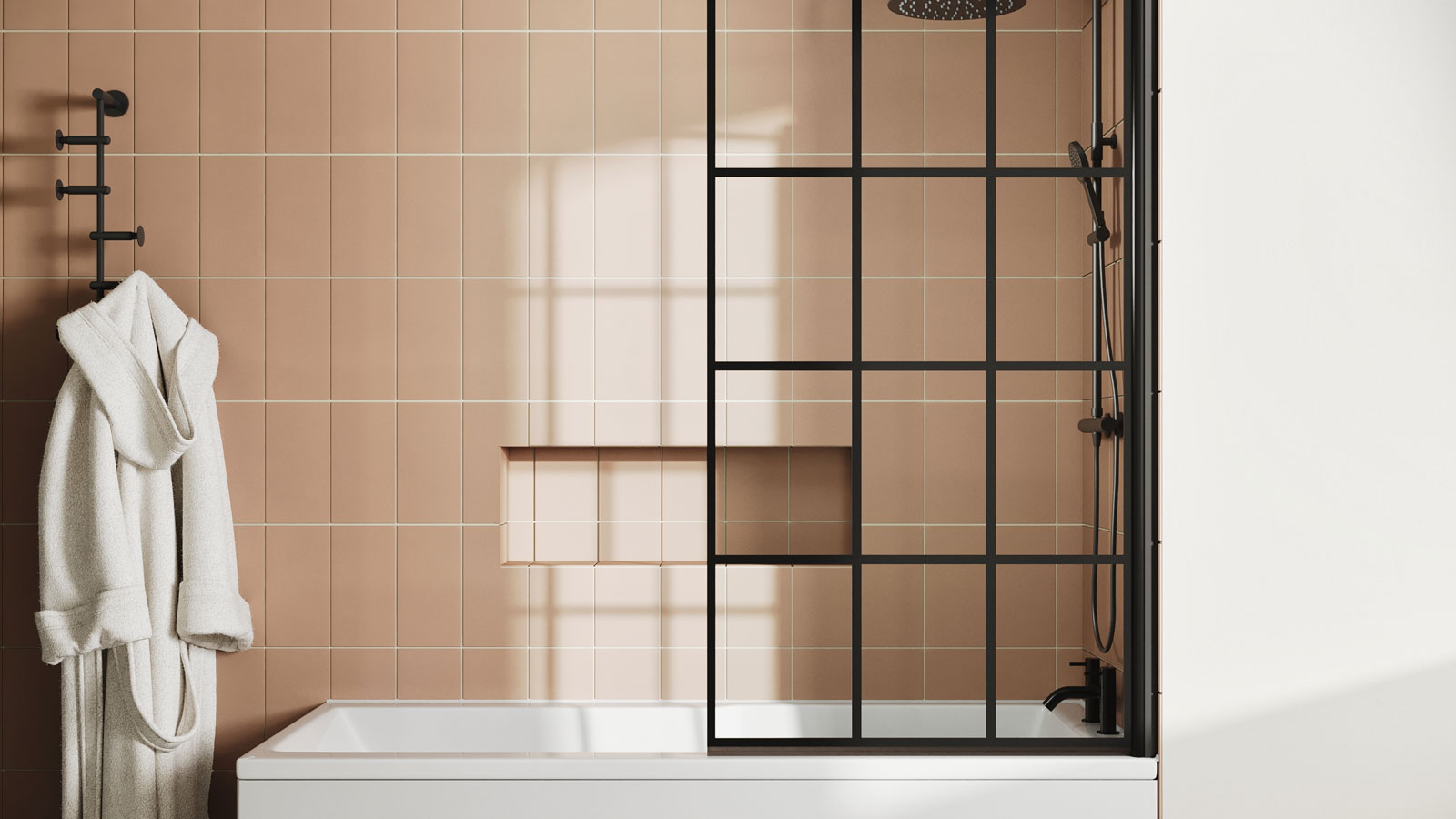What oil-filled radiator running costs should you expect this winter?
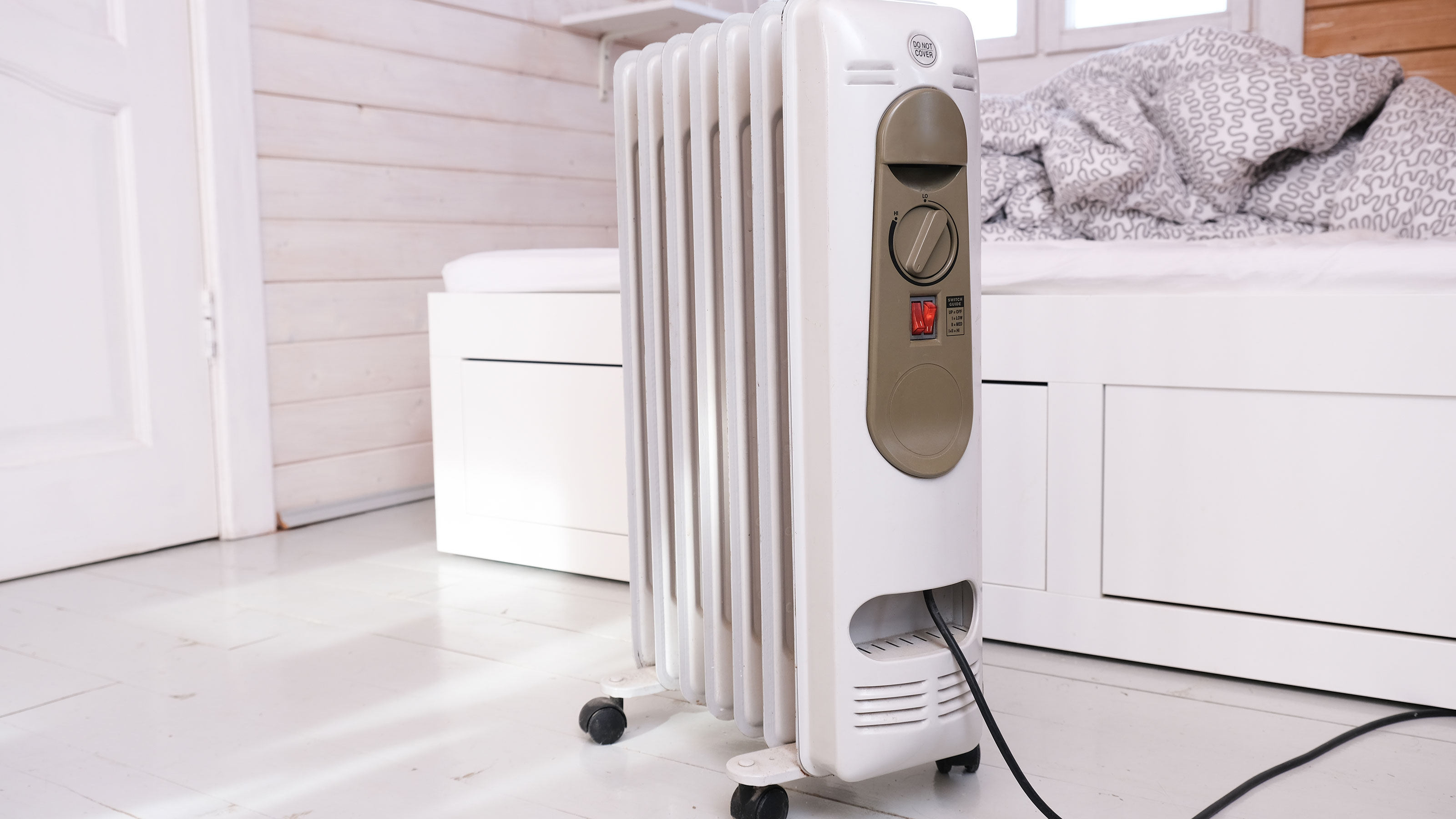
Have ever-rising energy prices got you wondering about oil-filled radiator running costs? Not only are these heat sources popular with those working from home, but they are also often seen as a pocket-friendly option for anyone keen to limit how much they use their central heating in the face of rising energy prices.
Energy costs are still at the forefront of many people's minds. This is partly down to the fact that working from home and hybrid working is now more common than ever, but also because of the cost of energy.
Being at home more translates into bigger domestic energy bills meaning now really is the time to be swotting up on as many energy-saving tips as possible, particularly as we wave goodbye to summer.
So, with an increasing number of remote workers now relying on an oil-filled radiator to warm up their work spaces, is this something you should be considering? In this article we explore how these heaters work and how much they really cost to run.
Best deals on oil-filled radiators
Zanussi 2300W Oil Filled Radiator 11 Fin £104.99 NOW £79.99 (SAVE 24%) at Amazon
Suitable for room sizes up to 20m² and with a maximum 2.3kW heat output, this radiator has adjustable thermostat and three heat seatings — plus it has 'tip-over protection'.
Igenix Oil Filled Radiator, 2.5kW/2500W 13 Fin
£84.95 NOW £73.99 at Amazon
This oil-filled radiator, which is on sale, has three adjustable heat settings with overheat protection. It also has automatically cut out functionality if it tips over.
De'Longhi Dragon 4 Oil Filled Radiator- White
£174.99 NOW £159.25 save 9% on Amazon
This 2000W oil-filled radiator has three heat settings and comes with a thermostat and anti-frost device and 24-hour mechanical timer.
Mini Vonhaus 6 Fin 800W Oil Filled Radiator - White
£39.99 NOW £29.99 on VonHaus
This small oil-filled radiator is now only £29.99 in the Black Friday sale, with 800W of power and a lightweight design it makes for a handy portable heat source.
How do oil-filled radiators work?
First things first, what is an oil-filled radiator? They work by using electricity to heat oil with an element inside a reservoir. When the element heats up, the warmth is transferred to the fluid, which then circulates around the appliance and warms its metallic panels. None of the oil is burned as fuel.
The radiator starts heating the air already in the room. When the air gets hot it rises and shifts the cold air to the floor.
They can be installed on a wall just like standard types of radiator or can be freestanding units that can be moved to different rooms. The ability to heat just one room is the reason many advise that homeworkers give them a go.
Bring your dream home to life with expert advice, how to guides and design inspiration. Sign up for our newsletter and get two free tickets to a Homebuilding & Renovating Show near you.
They’re also safer than some portable heaters because there is no element that could be a fire hazard and are very quiet, so won’t disturb you while you try to meet deadlines or are just trying to relax in front of the telly. Many people have them by their feet beneath or next to their desk or table.
How much do oil-filled radiators cost to run?
The big question — how much do these radiators cost to run? While this will obviously vary depending on the size and type of your oil-filled radiator, there are ways of calculating the running costs of the models you are interested in.
Smaller oil heaters can use as little as 500W of power (possibly less) and are designed to heat smaller rooms — while larger oil heaters can use 2,500W or more.
For three months, as from 1 October, electricity is being charged ar a unit rate of Unit rate: 27p per kWh and you can use this figure to work out the cost of your oil-filled radiator.
Start by converting the watts into kilowatts and then multiply by your electricity cost per kWh. You can do this by dividing the watts by 1,000 and then multiplying by the current electricity cost.
For example, a 500W radiator will cost just over 13p to run each hour under current 27p per kWh rates (500/1000 = 0.5, then 0.5 x 27 = 13.5).
How much an oil-filled radiator costs to run is also dependent on a few other factors. The following will all affect the running costs:
- the type of home you live in and level of insulation in the property
- the size of room where it will be used
- your energy provider
- your boiler type
- the time it will be used.

Are oil heaters cheap to run?
In general, oil-filled radiators are more economical to run than many other types of heater due to the fact that oil retains the heat well. This makes it more efficient than an electric convection heater, according to Qbic Heating.
Electric oil-filled radiators may also offer programmable heating controls that give you the flexibility to create a heating routine tailored to your needs. This ensures you are achieving an optimal temperature when it is needed and preventing heat being wasted in unused space, which can happen when turning on the central heating for the entire home.
Electric oil-filled radiators are portable so you can heat only the room you are using to reduce your energy costs.
Oil-filled radiator vs central heating
Where you only want to heat a single room, such as your home office, oil heaters will usually make more sense than turning on the central heating. However, if you need to heat your entire house, you are better off using central heating, providing you have a fairly efficient emitters such underfloor heating and an efficient boiler.
Sam is based in Coventry and has been a news reporter for nearly 20 years. His work has featured in the Mirror, The Sun, MailOnline, the Independent, and news outlets throughout the world. As a copywriter, he has written for clients as diverse as Saint-Gobain, Michelin, Halfords Autocentre, Great British Heating, and Irwin Industrial Tools. During the pandemic, he converted a van into a mini-camper and is currently planning to convert his shed into an office and Star Wars shrine.
